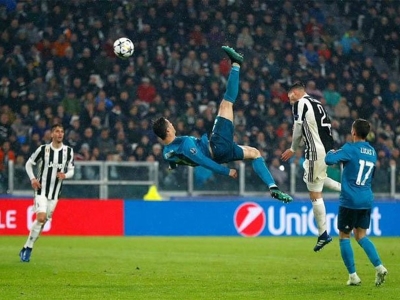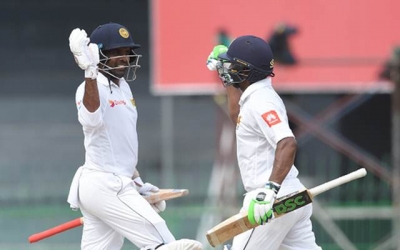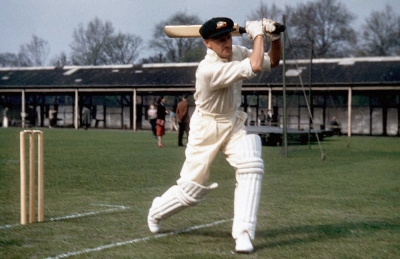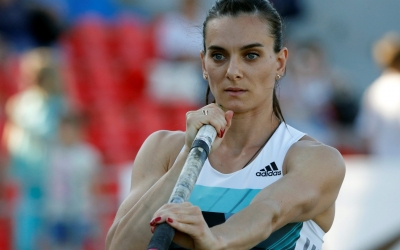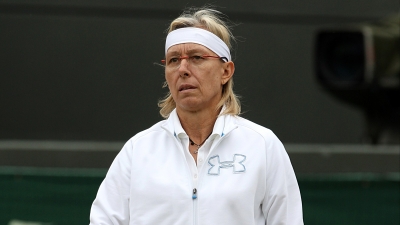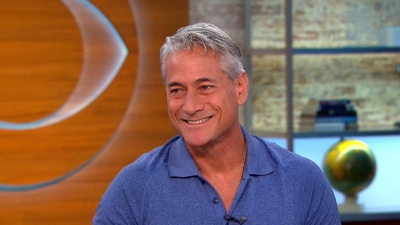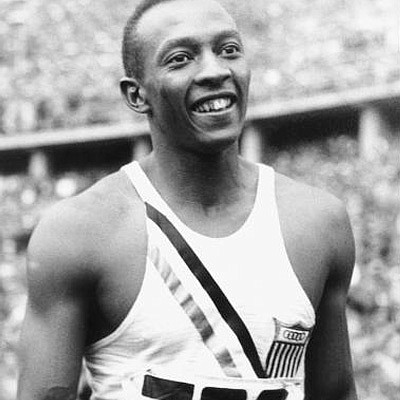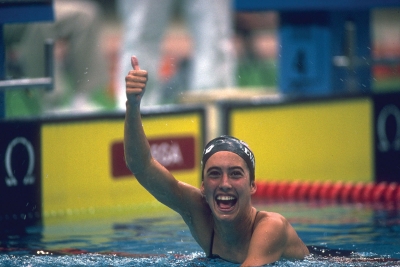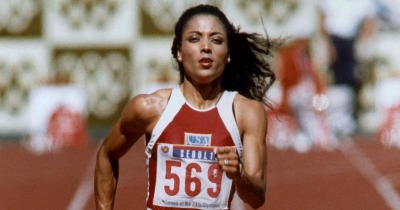Kagiso Rabada makes history by claiming 200th Test wicket
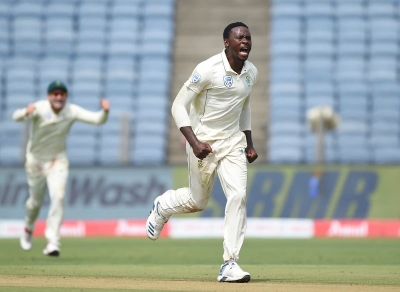
In the first Test between Pakistan and South Africa that took place in Karachi, Pakistan, late in January 2021, South African speedster Kagiso Rabada took his Test wickets tally to 200. He did it in style, as he became the third fastest, in terms of balls bowled, to reach the landmark.
Kagiso Rabada took three wickets in the first Test between Pakistan and South Africa. Even though it came in a losing cause, Rabada had something to celebrate as he became the third fastest, in terms of balls bowled, to reach 200 Test wickets.
All three of Rabada's wickets in the game came in the first innings. Rabada accounted for both of Pakistan's openers in the first innings. He had Abid Ali bowled, while Imran Butt was out caught, as Rabada took his tally to 199. His 200th wicket came when he cleaned up tail-ender Hasan Ali.
Rabada's numbers as he enters
The 200-wicket club
Having made his debut against India at Mohali in 2015, Rabada has raced to 200 Test wickets in just over five years.
Rabada might be the third fastest to 200 Test wickets in terms of balls bowled, but he comes only 13th in terms of matches played. Rabada reached the milestone in his 44th Test match. Pakistan's Yasir Shah (33), Australia's Clarrie Grimmett (36) and India's Ravichandran Ashwin (37) are the three fastest to 200 Test wickets, in tents of matches played.
Rabada has the best strike rate in the history of Test cricket for bowlers with 200 or more wickets - a phenomenal 41.1. Rabada's compatriot Dale Steyn, who finished his Test career with 439 wickets at a strike rate of 42.3, and Pakistan's Waqar Younis, who finished with 373 wickets at a strike rate of 43.4, come second and third in this list.
